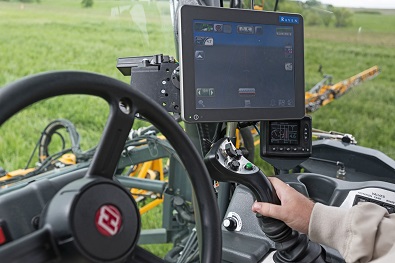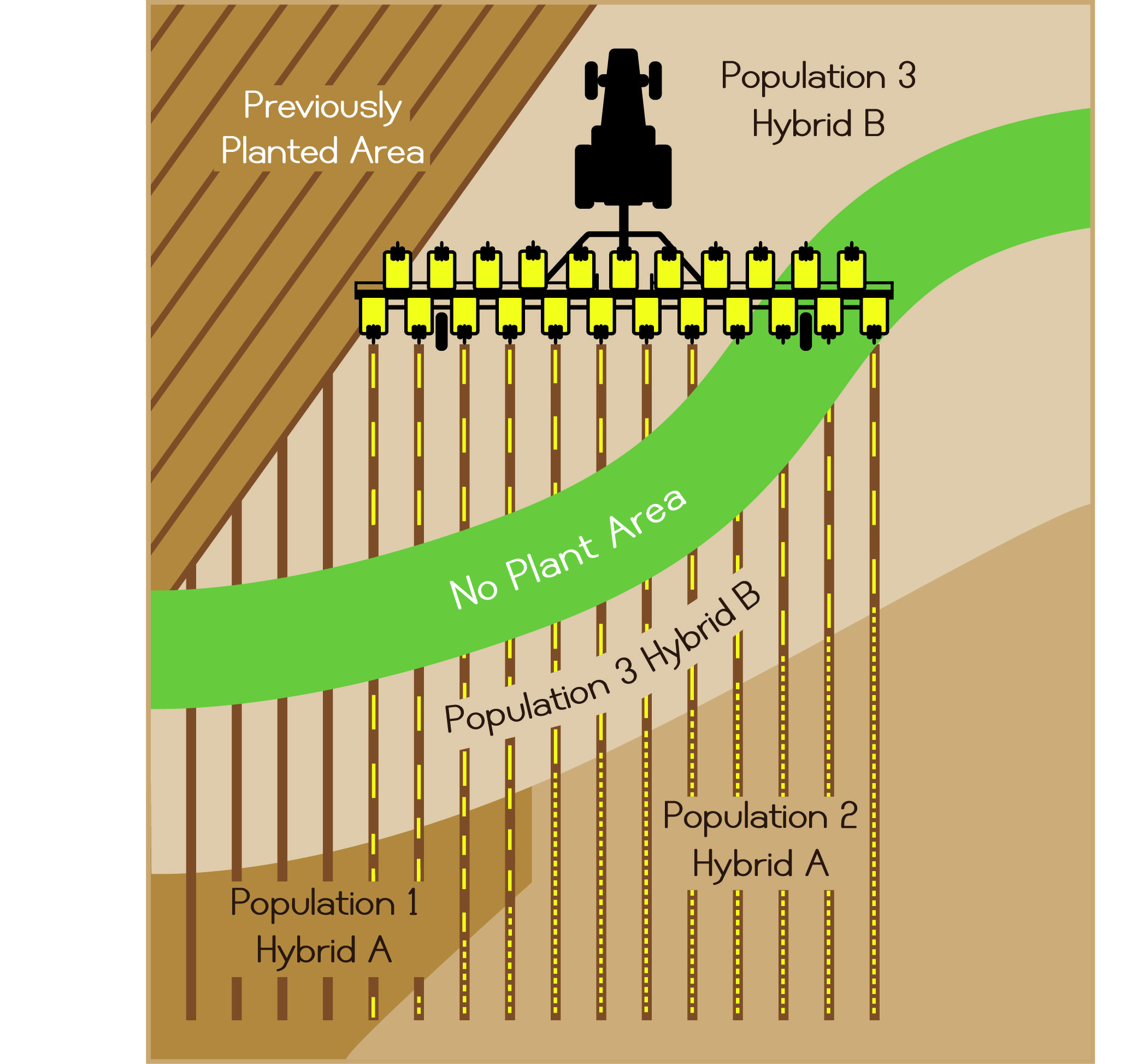Climate change is front and center. The melting glaciers are in the news, along with the loss of habitat for polar bears. Speaking in Jakarta, Indonesia last month, Secretary of State John Kerry said, “Climate change means fundamental transformations in agriculture worldwide. Scientists predict that, in some places, heat waves and water shortages will make it much more difficult for farmers to be able to grow the regular things we grow, like wheat or corn or rice. And obviously, it’s not only farmers who will suffer here – it’s the millions of people who depend on those crops that the farmers grow.”
Jakarta is halfway around the world but the drought in California and President Obama’s tour has brought the subject of climate change and agriculture home with immediate consequences for all Americans. Climate change has reached America’s salad bowl.
The world is facing a double-barreled shotgun: population explosion and climate change. The Chicago Council on Global Affairs will highlight the interaction between climate change and food security at its symposium to be held on May 22 in Washington. The theme is “Advancing Global Food Security in the Face of Climate Change.”
The response to this challenge must be the full application of science and innovation to agriculture. Agriculture begins with seeds and farmers have been breeding seeds for thousands of years. The current research being done to develop seeds that require less water and fewer inputs through genetic modification must be complimented with the full range of agriculture innovation and technology. As Secretary Vilsack said in announcing a new grant program on Feb. 24, "Cutting edge research holds the key to tackling the complex challenges posed by prolonged drought and ensuring the future food security of our nation." The grants will be used to develop management practices, technologies and tools to improve water resource quantity and quality.
• Israel remains the pioneer in drip irrigation. They are placing a single drop of water directly on the roots, blended with the proper nutrients and all powered by solar energy. Further, most of the water used for agriculture has been recycled after human use….and that is the key to water conservation. Spain is second best on this front.• One new California firm, gThrive, is currently conducting field trials of sensor stakes for use in the fields to read soil moisture. Since half of all irrigation water is wasted through over-watering, the potential for conservation is enormous. Better yet, these measures can be read remotely at a computer or on a cellphone.
• Water FX, another California company, is using solar power to operate water desalination systems. Their goal is to expand the availability of freshwater generation.
• Precision agriculture is important to helping feed a growing world population that is constrained by resources. Precision agriculture technology, innovation and information management systems reduce operating costs, precisely control inputs and improve yields for the global agriculture market. From automatic steering to multi-hybrid planting systems, Raven Industries of South Dakota has become a leader in precision agriculture.
According to Dan Rykhus, president & CEO of Raven Industries, “Since 1978, we have dedicated our time and resources to create innovative technologies to help feed a growing world population.”
Field computers, like their Viper®4 pictured below, have been developed to improve virtually every farming function from variable rate applications, auto-steering, automatic boom height and section controls, planter controls, yield monitoring and wireless connectivity.

Sprayers have been developed to apply chemicals right where they are needed to limit the application of costly inputs.
Raven’s Slingshot® platform provides sub-inch accuracy and wireless internet connectivity making it easy to send data between the farmer in the field and home office. It also provides the benefit of instant in-field remote support by Raven’s dedicated team to solve issues first-hand.
Raven’s OmniRow® multi-hybrid planter controls (see diagram below) are the first commercially available system to take advantage of subscription maps to decipher which hybrid seed to switch to on the fly. Raven collaborated with students from South Dakota State University on the creation of this product and conducts ongoing research with students from Raven’s center on campus.

This diagram illustrates how OmniRow® multi-hybrid planter controls allow growers to switch between hybrids on the fly.
Upon loading a prescription map from an agronomist, Raven field computers use a GPS signal to automatically apply nutrients where they are needed, giving precision agriculture the potential to become a modern extension service. This technology has reached South Africa but not the smallholder farmers in Sub-Saharan Africa.
• The National Association of State Departments of Agriculture is backing the use of “Unmanned Aerial Systems Technology” or drones.
• New technology is also being developed to reduce post-harvest crop loss. Air-tight storage containers being developed by Boston-based GrainPro, Incorporated, turns oxygen into a carbon dioxide environment. Insects die in the process, without the use of pesticide. Commodities are better preserved in the CO2, especially seeds which can be stored without the refrigeration that is usually needed to retain potency. Harmful aflatoxins or other molds and fungi are also arrested, since these need air to grow. This technology is most important as the Food and Agriculture Organization of the United Nations (FAO) estimates approximately one third of all food produced for human consumption is lost or wasted.
At the conclusion of the Camp David G-8 Summit in 2012, the G-8 said “we commit…take to scale new technologies and other innovations that can increase sustainable agricultural productivity, and reduce the risk borne by vulnerable economies.” The United Nations, the FAO and the Africa Union have dedicated 2014 to agriculture.
President Obama has invited African leaders to the White House for a Summit in August to follow up on the Camp David Summit and his trip to Africa last year. The African Union and the Alliance for a Green Revolution in Africa, (AGRA) are co-hosting a Green Revolution Forum in Ethiopia this September to examine how to best help smallholder farmers.
Most of the world’s unused and underutilized arable land is located in Africa but technology has not yet been adapted for smallholder farmers. If Africa can skip over telephone wires and go straight to satellite communication technology, perhaps precision agriculture technology can become the modern extension service to reach smallholder farmers directly or indirectly through local agro-dealers.
The agro-dealers are a possible distribution system for small tractors to serve smallholder farmers. Connecting the agro-dealers to precision agriculture systems might be a way of reaching smallholder farmers who do not yet have computers or iPads. Further, the application control equipment that is the entry level into precision agriculture does not require internet or a GPS signal.
These are but a few examples of the exciting progress being made with agriculture technology. This much is clear: to meet the double barrel challenge of climate change and global food security the public and private sectors must continue to invest in wide range of agriculture innovation and technology.
Marshall Matz specialized in agriculture and global food security at OFW Law in Washington, D.C. mmatz@ofwlaw.com

